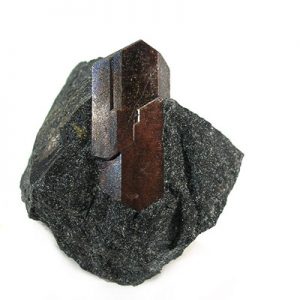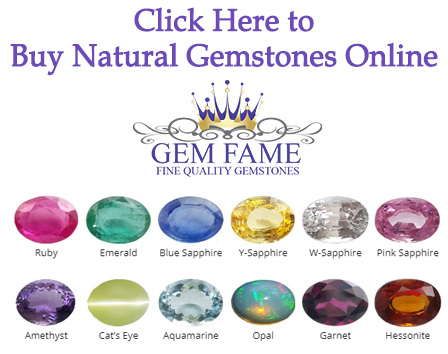Lorenzenite
Lorenzenite is a rare silicate mineral that has been known since its discovery in 1897 but was only described in the last 50 years. There are notable occurances on both the coast of Greenland and on the Kola Penninsula of Russia. Ramsayite is the old Russian name for Lorenzenite. Lorenzenite can have a high luster (adamantine to sub-metallic) due to its titanium content. Other titanium minerals, such as Rutile, also have a high luster.
Lorenzenite was named in honor of Johannes Theodor Lorenzen (1855-1884), Danish mineralogist interested in Greenland minerals. Lorenzen died at age 29 while on an expedition to Greenland in 1884. Lorenzen was responsible for the naming of the following minerals: Kaersutite, Kornerupine, Polylithionite, Rinkite and Steenstrupine.
There are several localities for finding Lorenzenite. From Narssârssuk and in the Gardiner complex, beyond the head of Kangerdlugssuaq Fjord, Greenland. Near Mt. Karnasurt, Lovozero massif, in the Khibiny massif, and the Kondor massif, Kola Peninsula; in the Inagli, Konder, and Murun massifs, near Aldan, Yakutia, Russia. At Lågendalen, near Larvik, and on Låven Island, Langesundsfjord, Norway. From Mont Saint-Hilaire and near Saint-Amable, Quebec, Canada. At Point of Rocks, Colfax County, New Mexico, and in the Diamond Jo quarry, Magnet Cove, Hot Spring County, Arkansas, USA. On Tenerife, Canary Islands.
| Category: | Silicate mineral |
| Chemical Formula: | Na2Ti2Si2O9 |
| Sodium Titanium Silicate | |
| Molecular Weight: | 341.91 gm |
| Composition: | Sodium | 13.45 % | Na | 18.13 % | Na2O |
| Titanium | 28.01 % | Ti | 46.73 % | TiO2 | |
| Silicon | 16.43 % | Si | 35.15 % | SiO2 | |
| Oxygen | 42.12 % | O | |||
| 100.00 % | 100.00 % | = TOTAL OXIDE | |||
| Crystallography: | Orthorhombic – Dipyramidal |
| Crystal Habit: | Crystals equant, bladed prismatic, to needlelike, to 6 cm; fibrous, felted, lamellar aggregates. |
| Twinning: | None |
| Cleavage: | Distinct on {010} |
| Fracture: | Irregular/Uneven |
| Tenacity: | Brittle |
| Moh’s Hardness: | 6.0 |
| Density: | 3.42 – 3.45 (g/cm3) |
| Luminescence: | May fluoresce pale yellow to dull green under SW UV, with green cathodoluminescence. |
| Radioactivity: | Not Radioactive |
| Color: | Pale Purple-Brown, pale Pink to Mauve, Brown to Black. |
| Transparency: | Transparent to Translucent |
| Luster: | Vitreous, Adamantine to Sub-Metallic, or Silky, Dull. |
| Refractive Index: | 1.910 – 2.060 Biaxial ( – ) |
| Birefringence: | 0.1000 |
| Dispersion: | Distinct; r > v |
| Pleochroism: | Weak; X = Y = pale reddish yellow, yellowish brown to light brown; Z = pale yellow, brownish to dark brown. |


